Kaga Kebari
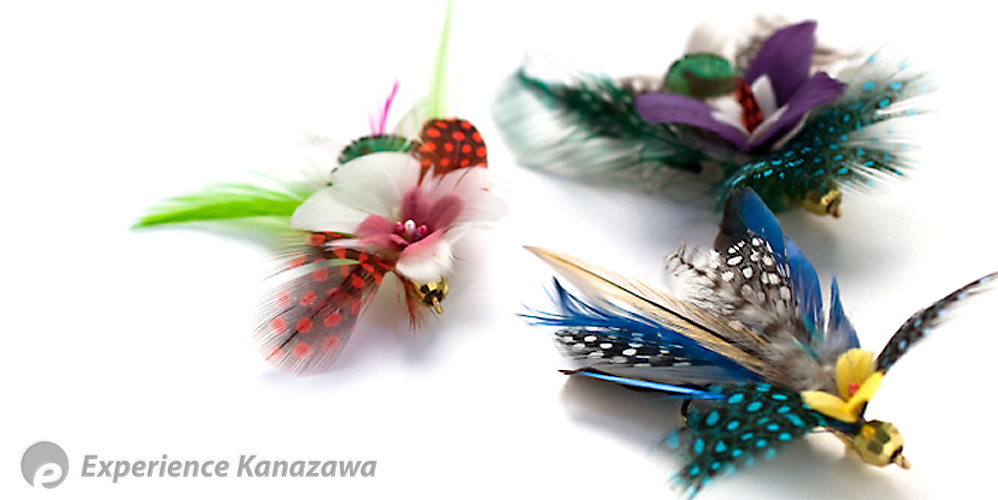
Of Fishes and Feathers - Ancient Craft meets Modern Expression

By Carolyn Brooks Published: March 30, 2011
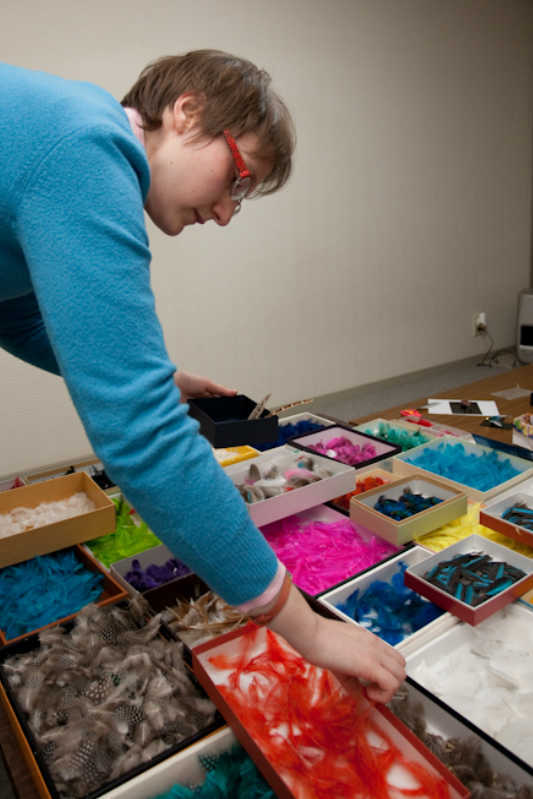
They’re so beautiful! Why don’t you make them into accessories?
Recently I had the opportunity to visit Meboso Shoten and meet Yuji Meboso-san, the 19th generation head of the workshop. “We are making less and less flies recently” he told us, but a strange twist of bad luck for Japan has spun this ancient art into a new kind of gold for his business.
“A foreign fish, the black bass, was introduced to our waterways. It took over quickly and Japan’s fishermen were asked to get out there and fish as many of the bass out of the rivers as possible!” Catching the black bass required a bigger and flashier type of fly than the tiny fingernail-sized flies used for ayu fishing. Meboso-san showed me one – it was about as long as my thumb and covered in colorful feathers.
“Some girls came into my shop one day and saw the new lures. ‘They’re so beautiful! Why don’t you make them into accessories?’”
The idea caught fire and Meboso Shoten now sells a dazzling array of necklaces, earrings, broaches, and hairpins in stylish boutiques around the city.
Each one is from a different bird. Peacock, swan, kingfisher, duck, guinea fowl, and chicken.
Now, you can make a reservation to make your own broach for only 1500 yen! The workshop is open every day except Tuesday from 9AM to 7PM. It takes between 30 and 60 minutes to create one broach. We followed Meboso-san out of the show room into a cozy workshop. The tables were covered in a dozen boxes of spotted, smooth, fuzzy, multi-colored, brightly-hued feathers. “Each one is from a different bird. Peacock, swan, kingfisher, duck, guinea fowl, and chicken.
We even use the sparkly scales from the bellies of snakes!” he told me as he whipped a snake skin out from a big box. On the table was the base of the broach: a clasp pin with a gold bead and a small ‘tail feather’ already attached as an example.
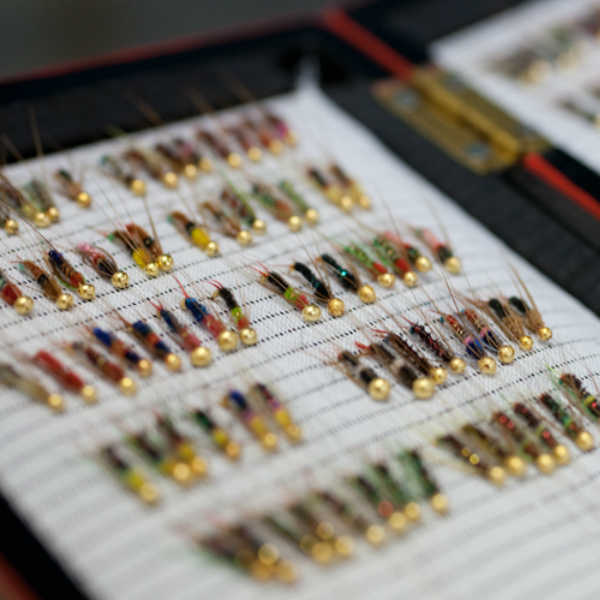
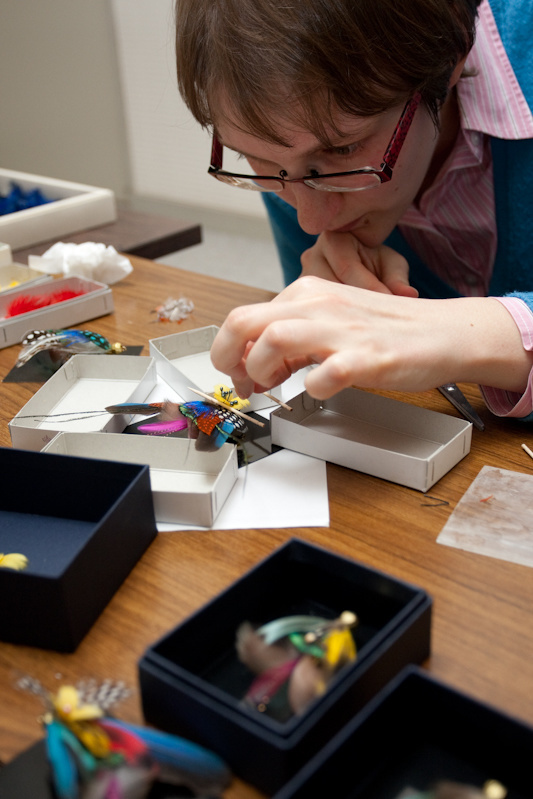
There were also a dozen example pieces to look at for inspiration. I chose my favorite feathers and thought about my design.
I carefully mixed the glue, attached my feathers and presto! A new piece of art. “I love watching people make art. They always think of beautiful, surprising designs I would never have thought of” said Meboso-san as I finished off my piece. I can’t wait to wear my new pin and tell people about the art of kebari when they ask me where I got it!
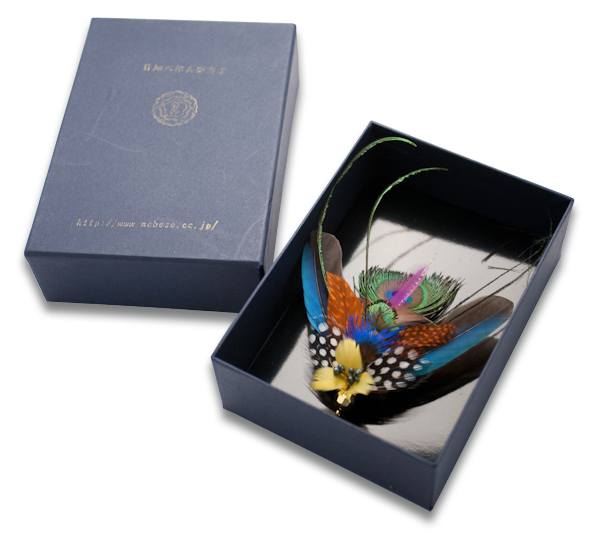
Meboso Hachirobei Shohten: 11-35, Yasue-Cho, Kanazawa
Kanazawa Area
Kenrokuenn Garden
Following Matsuo Bashô’s steps in Ishikawa - 1/6 [Introduction]
Following Matsuo Bashô’s steps in Ishikawa - 2/6 [Kanazawa]
Noto Area
Mitsukejima Island
Kaga Area
Following Matsuo Bashô’s steps in Ishikawa - 3/6 [Komatsu City]
Following Matsuo Bashô’s steps in Ishikawa - 4/6 [Natadera Temple]
Following Matsuo Bashô’s steps in Ishikawa - 5/6 [Yamanaka Onsen Town]
Following Matsuo Bashô’s steps in Ishikawa - 6/6 [Daishoji District]
Rosanjin in Yamashiro Onsen Town
Stroll Kanazawa in Rental Kimono - 1/2 [Kimono Rental]
Stroll Kanazawa in Rental Kimono - 2/2 [Kimono Stroll]
January
Enyukai: Geisha Party
February
Setsubun-Sai Festival
AUGUST
Issaki Hoh-Toh Matsuri
November
Enyukai: Geisha Party
